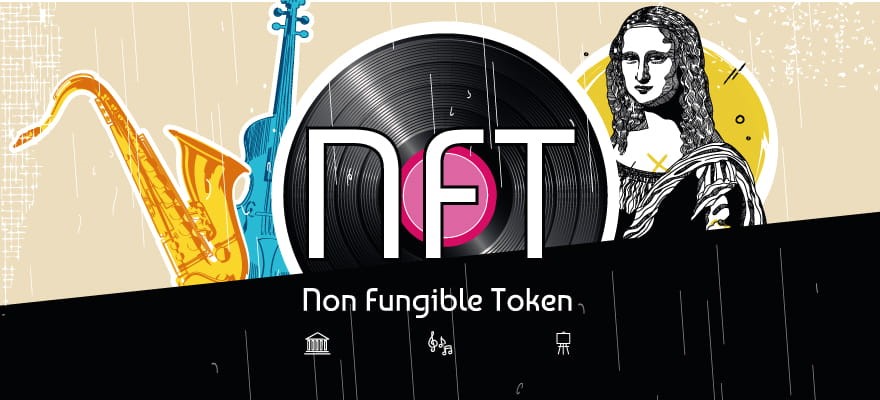This disruptive blockchain innovation witnessed a great sales capacity by accounting for about five billion US Dollars NFT sales over the last month. This resulted from the adoption of NFTs across industries and how individuals—and groups—are joining the bandwagon. No one wants to be left out. However, NFTs are creating a wave that allows you to tokenize the least of things.
How NFTs are Becoming a Public Sensation
The non-fungible token (NFT) industry is becoming a sensational movement due to the recent financial developments in the blockchain space. The world has witnessed massive sales and substantial money stakes on what was previously regarded as a pipeline dream.
Non-fungible tokens are the digital representation of valuables that are given a unique code to claim ownership. These valuables can be arts, collectibles like images or videos, and other assets like real estate. NFTs are hosted and purchased on a blockchain network. Non-fungible defines materials, resources, or assets that cannot be interchanged because of their distinctive features and properties.
From last year’s development, there has been a drastic increase in the creation and sales of NFTs. It is like a digital financial transaction no one has witnessed before. Individuals keep questioning the possibility of selling abstract material for massive amounts. Despite that, NFTs have grown by 300 percent since 2020. And sales moved up to about $2.5 billion across the first six months of 2021.
This has caused increased interest in the adoption and development of blockchain networks. That’s because NFT creators are seeking options to transact easily and quickly. Most significantly, the arts industry is now experiencing a revolutionary reward system. Even if not famous, every creator can directly sell their art pieces without exhibition or auction houses.
Examples of these developments and blockchain disruptors are Grimmes selling digital art NFTs worth six million US Dollars, a GIF Image (Nyan Cat) Torres sold, and an NFT tweet sold for about $2.5 million by Twitter CEO Jack Dorsey.
NFTs Disrupting the Art and Entertainment Worlds

The first attempt to make NFTs a public movement came from selling artworks by digital creators. NFTs’ existence is dated back to 2014, but the exploding adoption and maximization happened not quite long. This development occurred in the blockchain space owning to the pandemic.
NFTs are making mass ownership of art collections a possibility. Initially, this kind of affluence is attributed to the wealthy, but the digital inclination of the millennials and Gen-Z is increasing this decision to be a public effort. Instead of giving up the value determination of art pieces to a selected group of people, the worth is now a shared responsibility.
As a result, individual artists (or creators) can now sell their artworks as digital pieces without a third party like auction houses. Likewise, there is little to no competition relative to popularity in this context. An unknown artist can earn more from a single campaign for his NFTs than a world-renowned artist.
How NFTs Are Crawling into the Contemporary World
Beyond the art industry, NFTs are now moving into the contemporary world. Individuals and groups are leveraging this blockchain development to achieve some purposes. This has gone beyond creating a considerable reward system for artists’ digital pieces. It is becoming adaptable to different movements beyond transactional purposes. That is, NFTs are used for noble campaigns.
An instance of NFTs making their way into the contemporary world is the contribution of individuals and groups to charity groups. This happened when Jack Dorsey, Twitter CEO, gave proceeds of his first NFT tweet to a non-profit organization, GiveDirectly.
Another possibility that we may experience is NFTs created as vaccine passports in the case of San Marino. This made individuals believe that NFTs can be the perfect solution to maintaining confidentiality for official or transactional purposes. An example is maintaining land records in the future. Another opportunity is using NFTs as alternative collaterals in the finance sector.
Is NFT the Next Blockchain Gamechanger?
While there may be skepticism surrounding the acceptance of NFTs with some arguments, there is wide adoption of NFTs across industries. These doubts can intensify the possibility of creators receiving fines due to regulatory actions.
Despite that, there is a continuous creation of NFTs beyond the art focus. Individuals are now examining the adaptability of NFTs in their respective industries while the market keeps booming.



